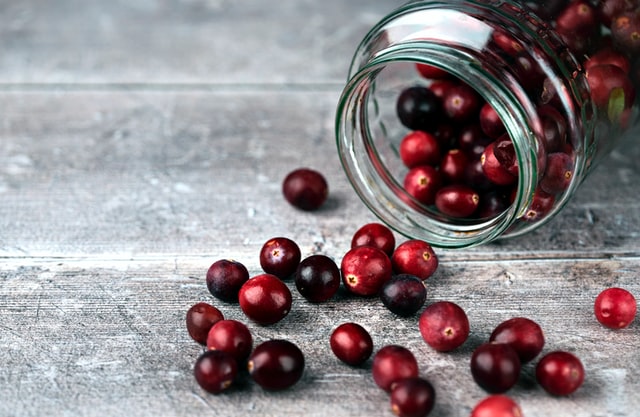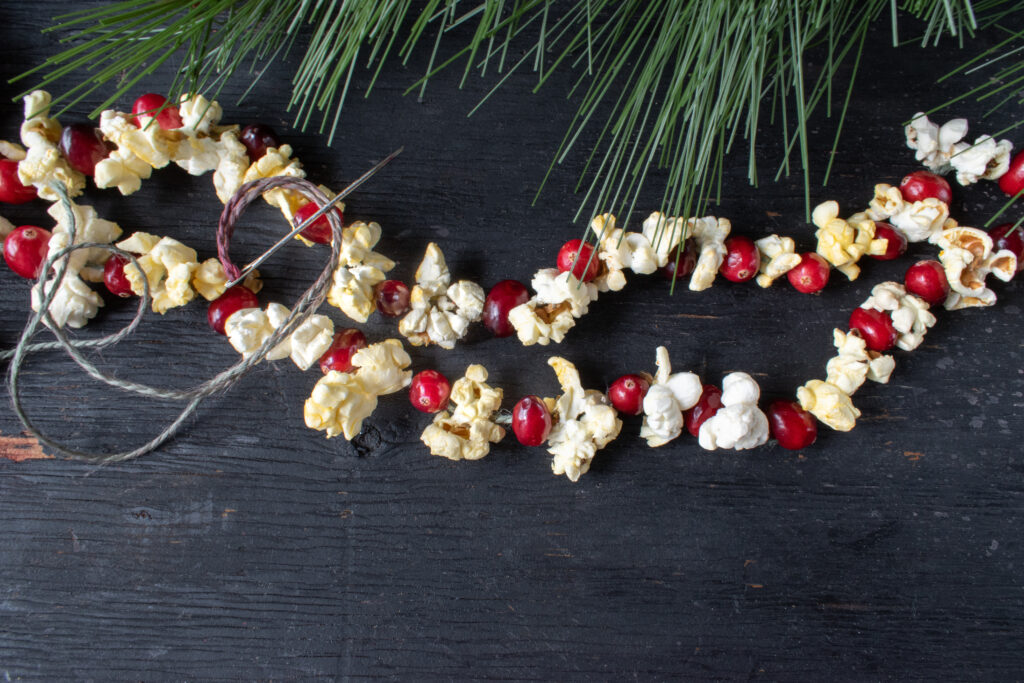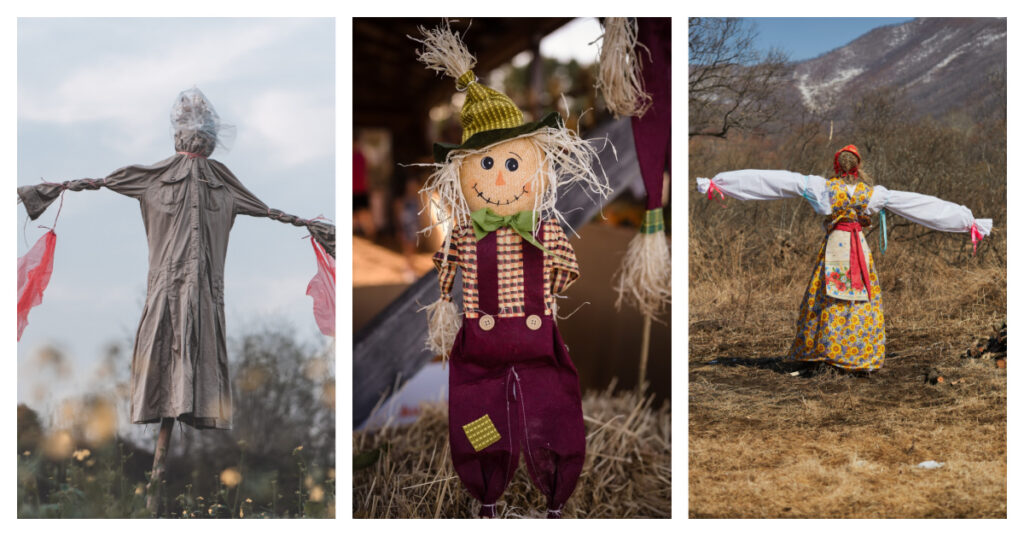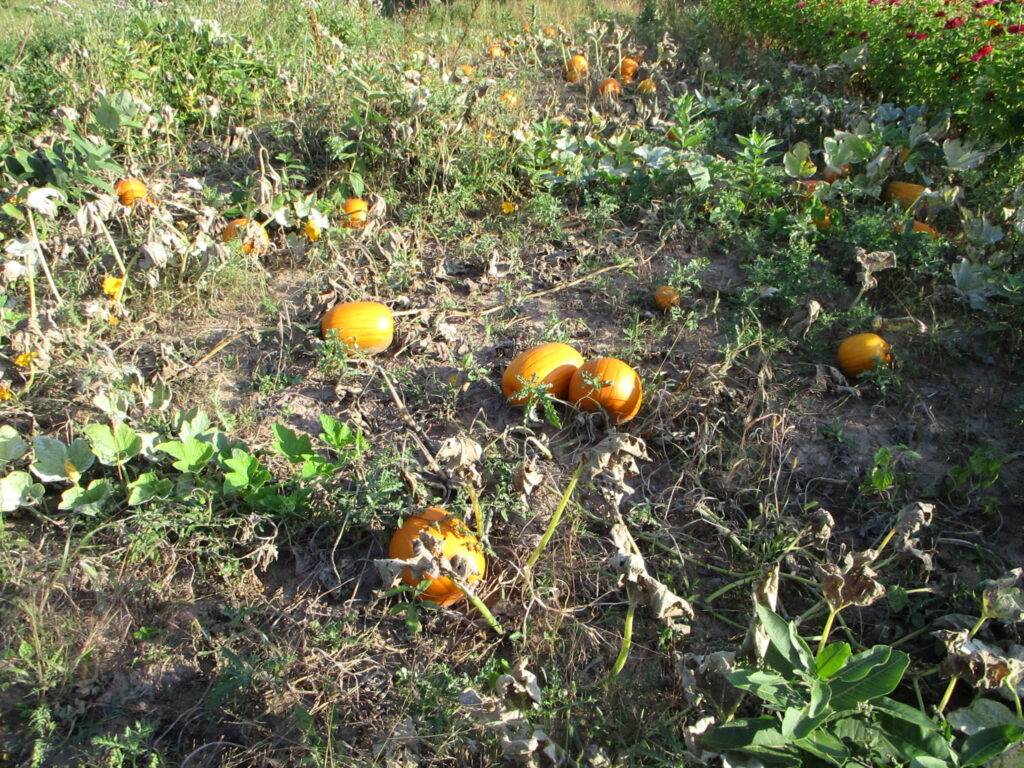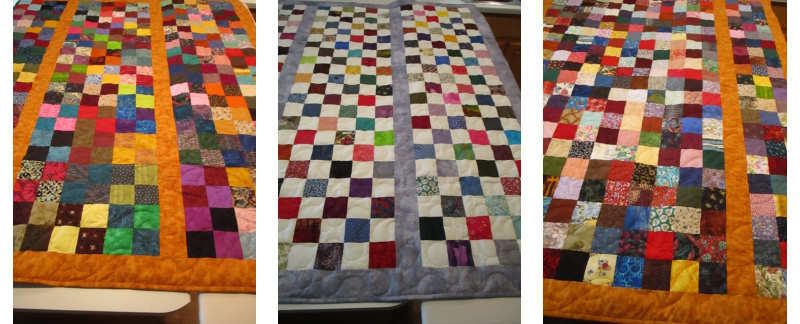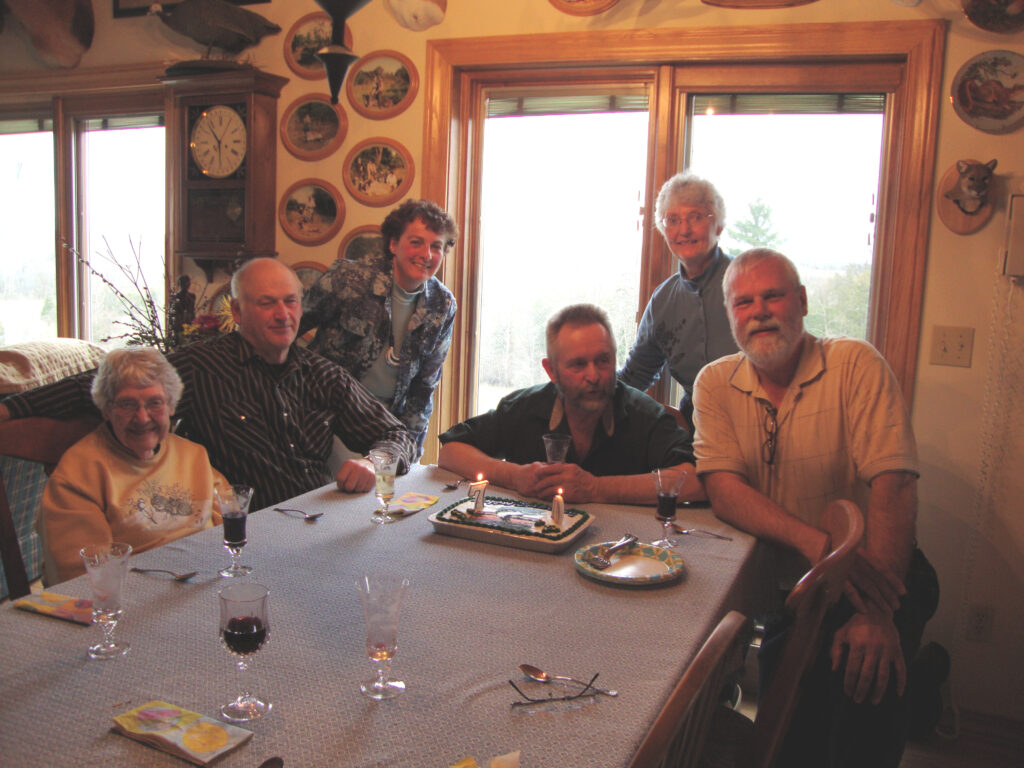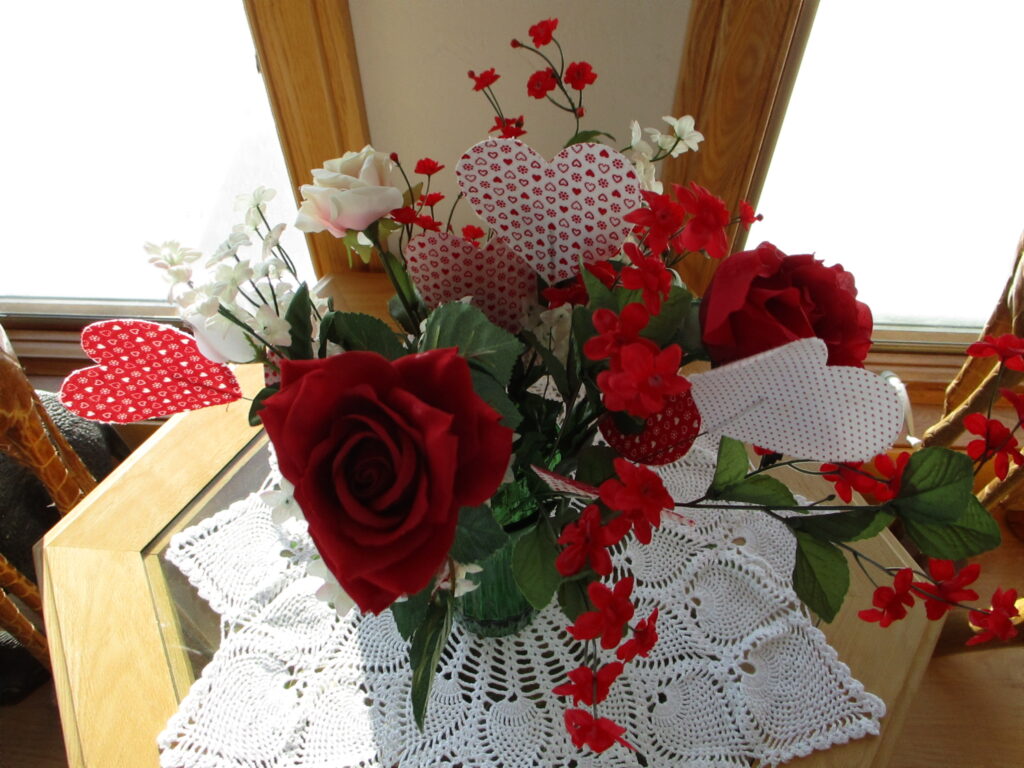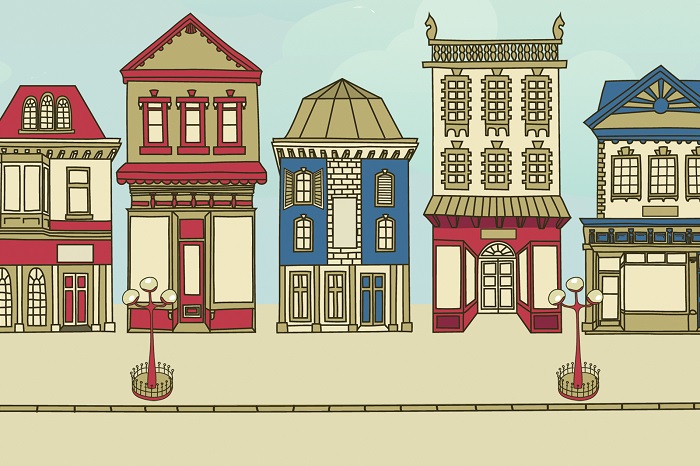I like the month of December. Not because of the winter outdoor activities in Wisconsin. I’m an indoor girl. Put me in front of a fire with a good book or my knitting and I’m a happy camper, as the saying goes.
I’m also a planner. I always have lots of projects going that I want to either work on or finish. People laugh – especially Hubby – when I bring out the household calendar and my project calendar to see how the two mesh. Motivational speakers and business analysts could use my system as an example. This method has served me well for many years now. I am always working on exciting projects and have finished a few works-in-progress that have gathered dust these last few years.
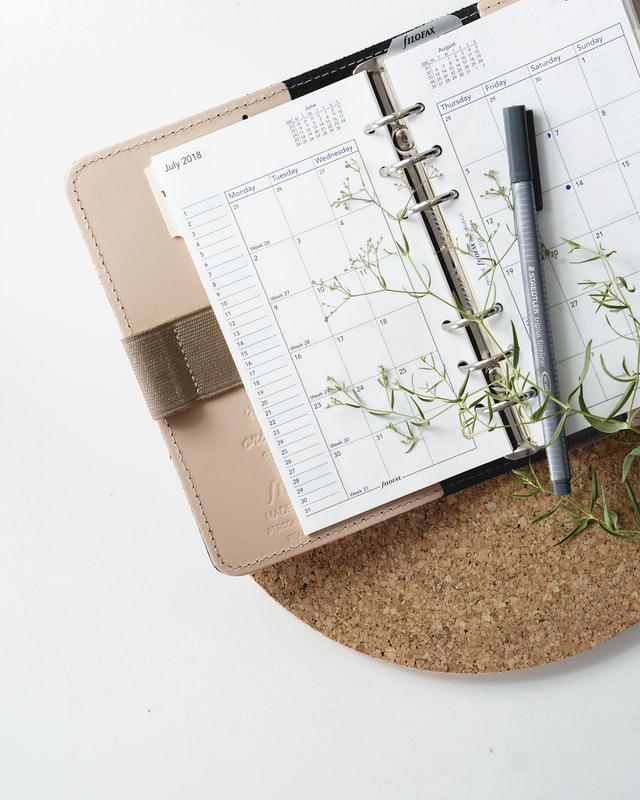
But now, with the New Year quickly approaching, I’m re-evaluating what I want to accomplish in the coming year. Do I want to learn a new skill or craft? Do I want to spend more time with family and friends? Do I want to play more? Maybe visit parts of the US that I haven’t seen. The world’s a buffet for those who partake.
In the entrepreneurial world, the new buzz word is PIVOT. Back to Webster – pivot is a point on which something turns. So this is me now. I am turning away from things that bring stress to my life. I have kept track for the last year of these events or projects so when I feel my body react negatively I’m going to willingly say “no, thank you” and move on without regret or guilt.
I have goals I want to accomplish before its too late. Some are very personal that I keep private. Others, well, let’s say sometimes I feel like I’m standing on a street corner telling everyone that passes by what I’ll be doing – or want to do. I have big goals that will take focused attention to accomplish. And there are smaller goals that give me a burst of energy when I cross them off the list. Yes, we humans needs positive reinforcements.
So now to the PIVOT point about this blog. I’m changing the format and content for the coming year. I have enjoyed sharing the parts of my life that are dear to me, family, friends, the garden and the small histories of monthly holidays. Instead of focusing on me the pivot will be to broaden the scope of the blog. Right now as a I write this, all formats, topics and frequency are under consideration. It will be fun in the coming months to get a more concrete goal planned and put on the calendar.
“Out with the Old, In with the New” brings the year to an end and gives us another year to anticipate the accomplishments and fun that awaits.

Believing in Tomorrow
Gini
2021




